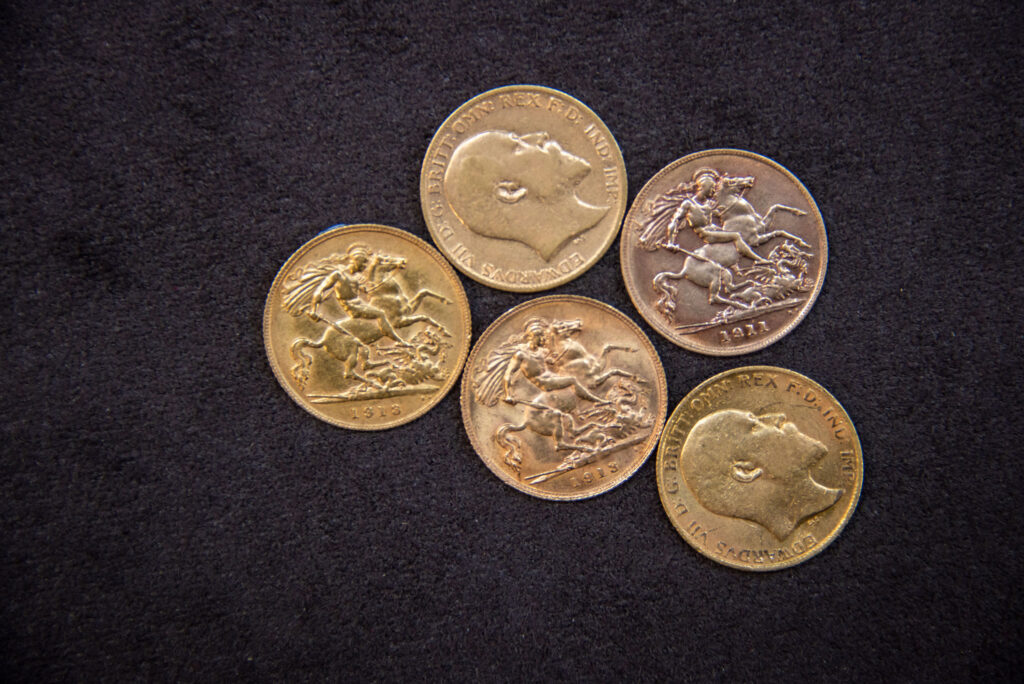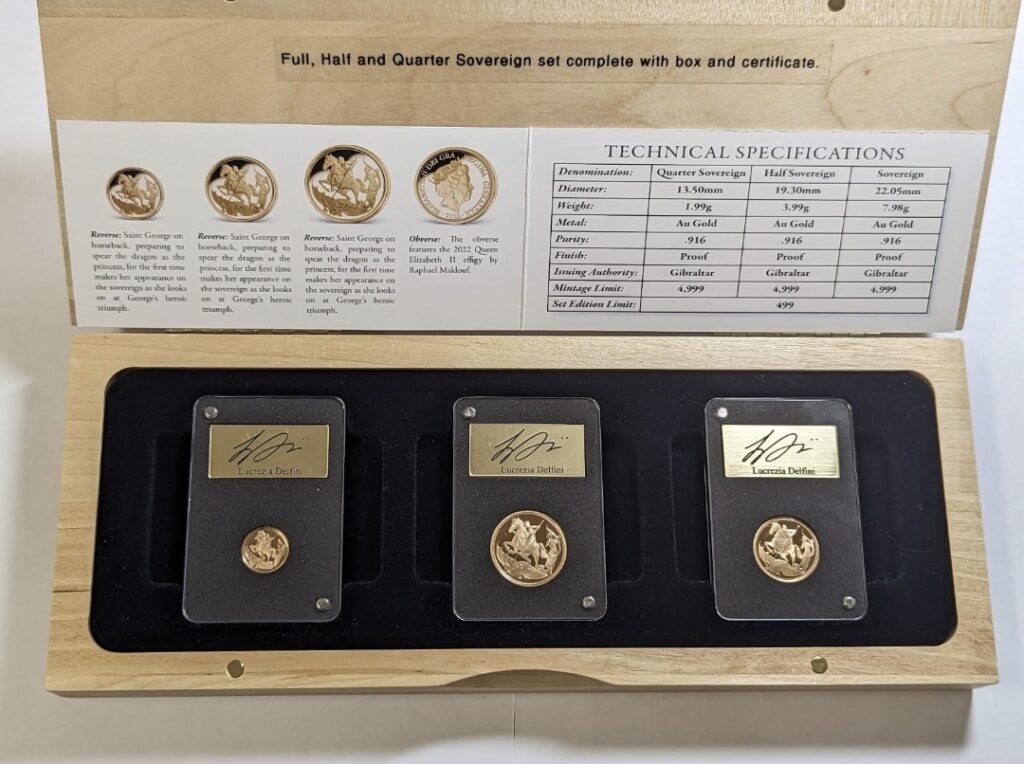Used in circulation at the height of the British Empire, the legacy of the gold sovereign has held firm as the Royal Mint’s flagship coin for hundreds of years.
First authorised over 500 years ago, during the reign of King Henry VII, the sovereign was used to protect the power, wealth and stability of Britain during a time of turmoil.
Though early variations of the coin didn’t carry much practical use, the sovereign was later minted as a collectable, with some denominations fetching a high price in today’s market.
But as an investment, is the gold sovereign coin a good buy, or are there wiser ways to protect your money? Let’s take a look.
What is a sovereign coin?
Originally known as the double ryal, the sovereign coin was a term first crowned by King Henry VII in 1489. Early iterations of the coin were double the size of today’s collectables, weighing 15.55 grams (0.500oz).
Because the coin carried too much value, it never had any practical use in circulation and instead served as a presentation piece to glorify the wealth of Britain and the influx of gold from other countries, such as West Africa.
With its name, size and fineness continuing to change through the centuries, the sovereign was eventually struck in 1817 and became a bullion coin kept as an investment – often mounted as jewellery.
With each era, new designs would be created to celebrate landmark monarchical events. Perhaps the most famous of all is Saint George and the Dragon, designed by Italian sculptor, Benedetto Pistrucci, in 1817.
Oddly, Saint George is largely unclothed in the design, which some critics have deemed strange considering he’s riding into battle against a mythical creature!

The sovereign in circulation
At the height of the British Empire, coin manufacturing was set up across the world to create coins for the wider empire with factories operating in Australia, South Africa and India – all of which are still minting coins to this day.
The First World War (1914 – 1918) ended the viability of having a gold sovereign in circulation. But despite being withdrawn, global demand for the coin continued.
The Royal Mint didn’t start re-releasing the coin until 1979 when bullion sovereigns with various designs were used to mark significant occasions.
The sovereign as a collector coin
From 1979, the sovereign was issued as a coin for the bullion market. It has since featured various designs including the Golden Jubilee, variations of Saint George and the Dragon, portraits of Queen Elizabeth, and interpretations of the Royal Coat of Arms.
Depending on the condition, rarity and denomination, some sovereign coins have a market value of up to £1 million. If you’d like to verify the value of your sovereign coin, feel free to get in touch.

Why is a sovereign coin a wise investment?
Whether it’s in the form of a coin or not, gold has always been a wise investment. As a noble metal, it doesn’t react to other elements and keeps its shape and quality for thousands of years.
As with any investment, value will fluctuate depending on movements in the market. But as a rule, gold has always held its value throughout history – even in the face of global financial crisis.
Aside from monetary appeal, a gold coin also carries history, tradition and an aesthetic value that’s admired by thousands of numismatists and investors. In today’s market, the sovereign is still regarded as the flagship coin.
What’s the rarest gold sovereign coin?
There are various sovereign designs that demand a high price.
King George III sovereigns are one of the rarest due to their scarcity. It was a coin discontinued during the start of the First World War, and in today’s market fetches northwards of £180,000.
In 2020, the Edward VIII coin set a record for British coinage, selling for £1 million. Unlike other monarchs, the head of our late Queen’s uncle faces the other way because he preferred his left profile. It’s believed only two of these coins are in private ownership.
